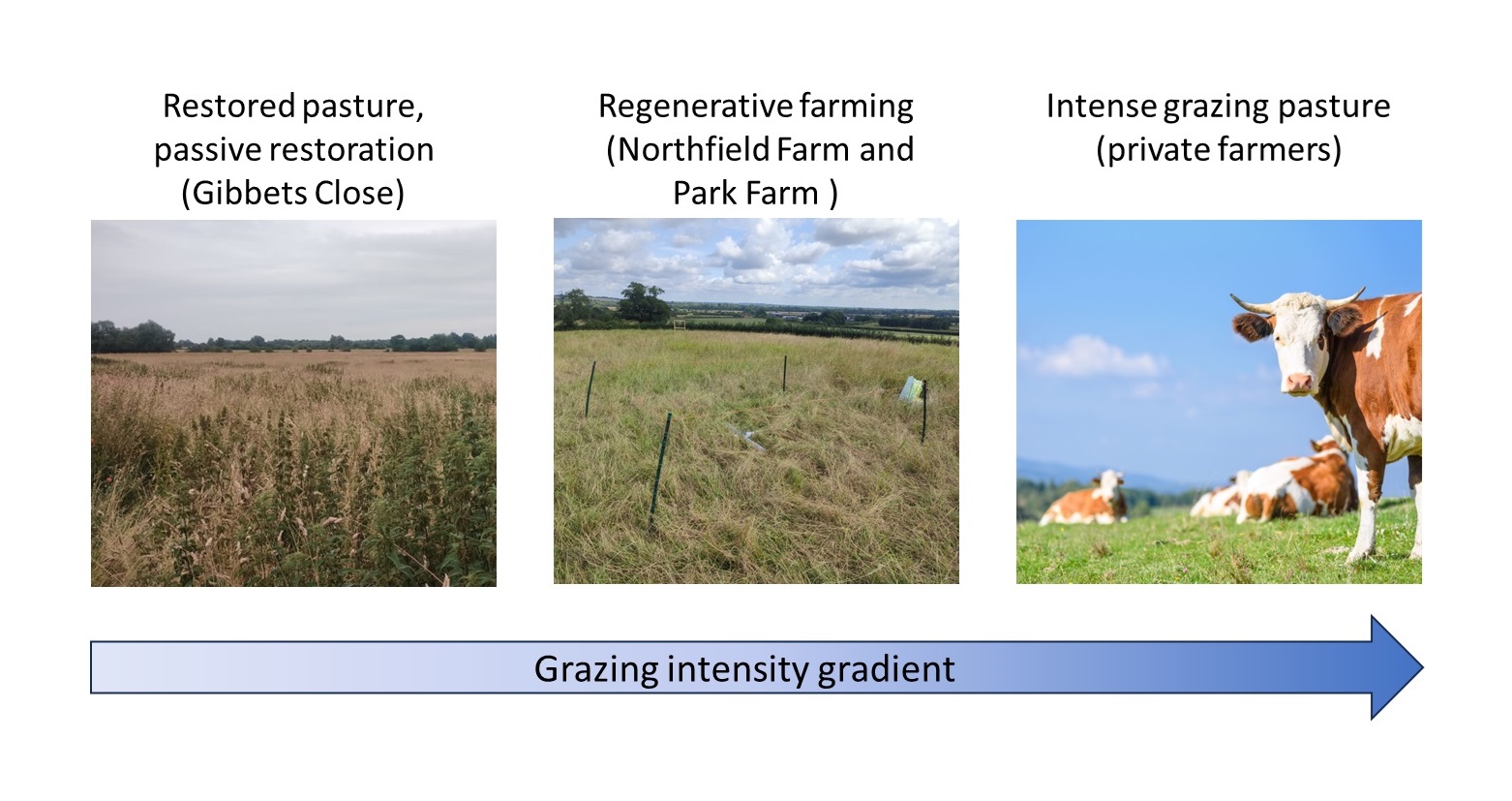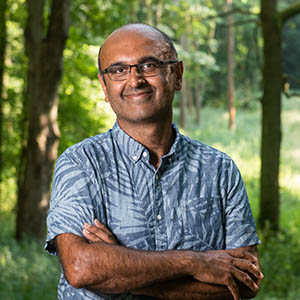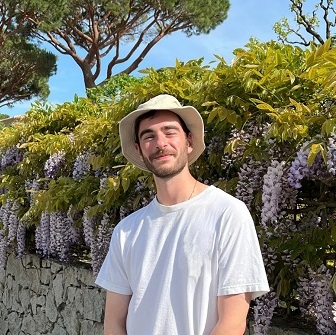The role of regenerative farming for biodiversity and ecosystem functioningCase study
We utilise both standardised and cutting-edge methods to explore biodiversity and ecosystem functioning along a land use gradient to better understand the role of regenerative farming.
Regenerative farming stands at the forefront of a transformative approach to agriculture, redefining our relationship with the land and challenging conventional farming practices. Unlike traditional methods that often deplete soil health and rely heavily on external inputs, regenerative farming is a holistic approach that seeks to restore and enhance ecosystems. At its core, it emphasises sustainable practices that prioritize soil health, biodiversity, and ecosystem resilience.
Through regenerative techniques such as cover cropping, rotational grazing, and minimal tillage, farmers aim to not only produce food but also regenerate the vitality of the land. This innovative approach not only mitigates the environmental impact of agriculture but also holds the promise of fostering resilient, thriving ecosystems for future generations. As the world grapples with the urgent need for sustainable food production, regenerative farming emerges as a beacon of hope, offering a path toward a more harmonious and regenerative coexistence with the planet.
Our project focuses on pastureland under different management regimes from passively restored and regenerative practices to intensively grazed grasslands. Our main goal is to determine the role that regenerative farming plays for nature recovery. While regenerative farming is notoriously difficult to define in specific terms, we have replicated study areas across two sites (Park Farm and Northfield Farm) and different habitat conditions where grazing intensity naturally varies due to winter floods. Across the regenerative farming sites mob grazing is the standard practice.
At the core of the project sits a plot layout which enables standardised monitoring across the grazing intensity gradient (passively restored to intensively grazed pasture). A wealth of monitoring is already underway in the plots including microclimate (soil moisture, soil temperature, ground temperature, and ambient temperature), soil quality, invertebrates (flying, ground- and soil dwelling), ground flora, mycorrhiza, and bioacoustics. We have installed three deer posts (15cm diameter, 2m high) diagonally across each plot (40m x 40m) to enable equipment to be mounted above ground.
Projects that focus on the entire gradient or those with a narrower focus are welcome.









